|
80x5 -
240x3 -
240x4 -
320x1 -
320x2 -
320x3 -
640x1 -
640x2
Set display option above.
Click on
images to enlarge. |
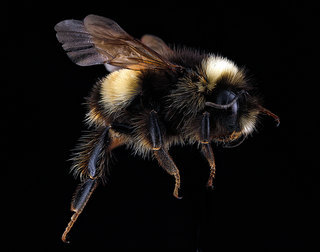
© Copyright source/photographer
· 9
Bombus terricola, -male, -side 2012-07-12-16.57.15 |
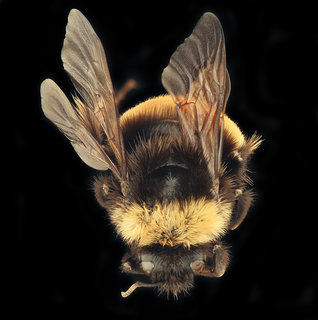
© Copyright source/photographer
· 7
Bombus terricola, back, f, Itasca, MN |
|
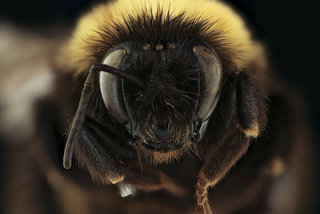
© Copyright source/photographer
· 7
Bombus terricola, face, f, Itasca, MN |
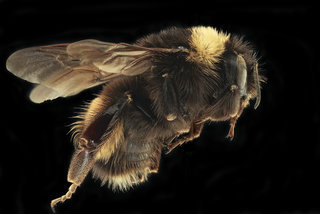
© Copyright source/photographer
· 7
Bombus terricola, right, f, Itasca, MN |
|
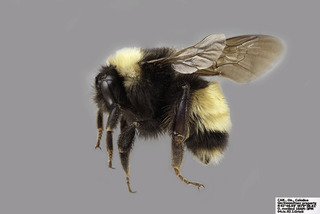
© Copyright Laurence Packer 2014
· 7
Bombus terricola FEM comp |
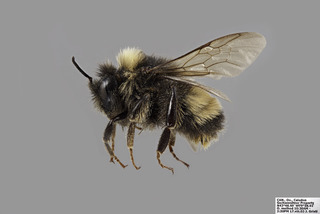
© Copyright Laurence Packer 2014
· 7
Bombus terricola MALE comp |
|
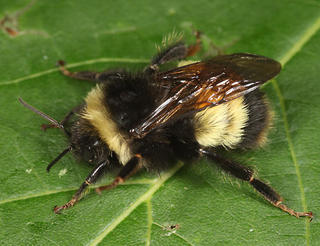
Tom Murray · 5
Bombus terricola, Tom Murray |
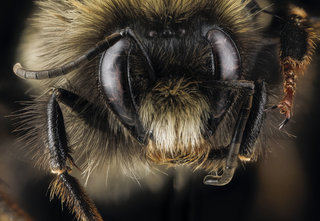
© Copyright source/photographer
· 5
Bombus terricola, male, face |
|
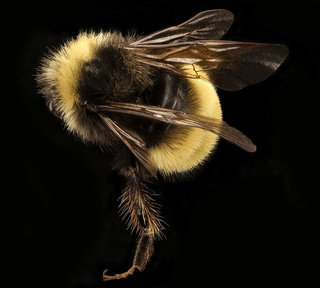
© Copyright source/photographer
· 5
Bombus terricola, m, back, Centre Co., PA |
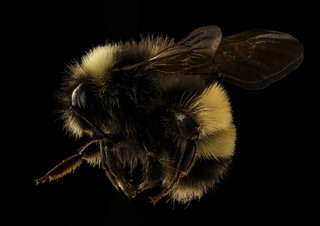
© Copyright source/photographer
· 5
Bombus terricola, m, left side, Centre Co., PA |
|
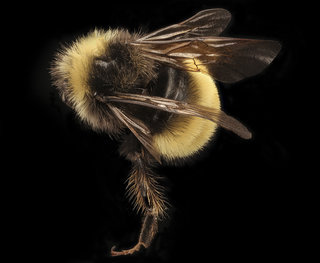
© Copyright source/photographer
· 5
Bombus terricola, m, back, Centre Co., PA |
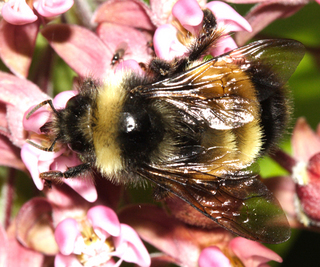
Tom Murray · 1
Bombus terricola |
|
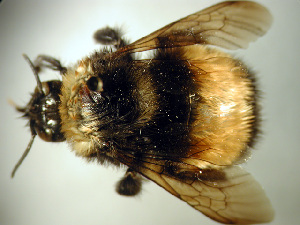
Barcode of Life Data Systems · 1
Bombus terricola, Barcode of Life Data Systems |
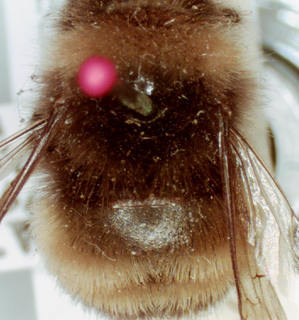
© USDA Bee Biology and Systematics Laboratory, Logan Utah
· 1
Bombus terricola, 221016, male, dorsum |
|
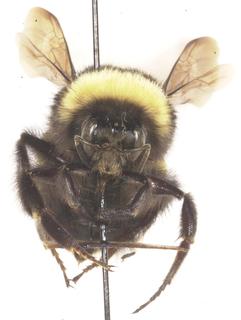
© Photographer/source
queen front
UGCA195784_01
|
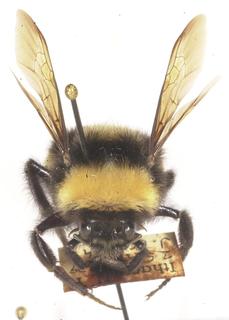
© Photographer/source
queen front top
UGCA195784_02
|
|
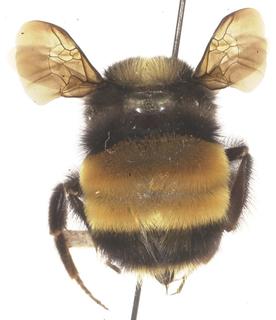
© Photographer/source
queen rear
UGCA195784_03
|
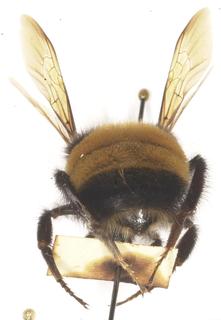
© Photographer/source
queen rear tip
UGCA195784_04
|
|
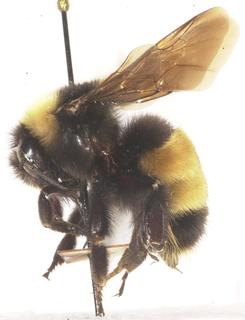
© Photographer/source
queen side
UGCA195784_05
|
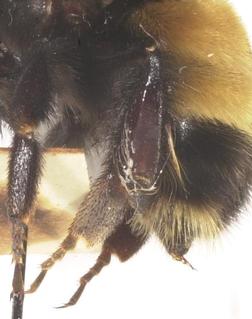
© Photographer/source
queen rear leg
UGCA195784_06
|
|
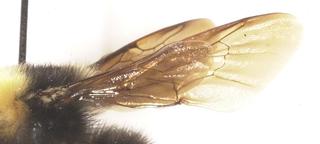
© Photographer/source
queen wings
UGCA195784_07
|
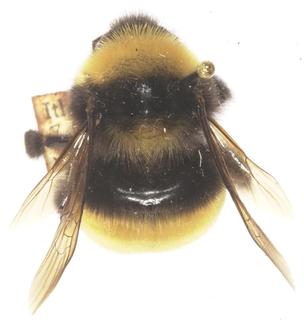
© Photographer/source
queen top
UGCA195784_08
|
|
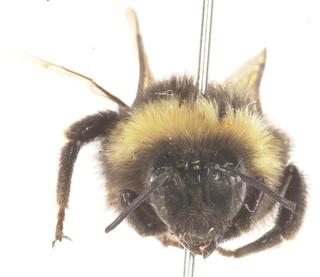
© Photographer/source
worker front
UGCA195785_01
|
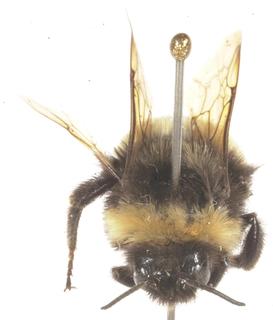
© Photographer/source
worker front top
UGCA195785_02
|
|
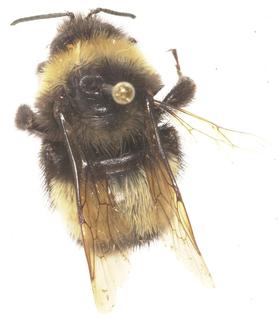
© Photographer/source
worker top
UGCA195785_03
|
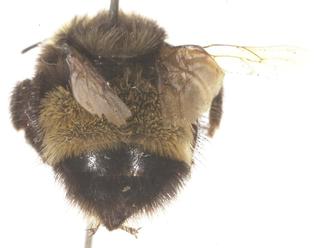
© Photographer/source
worker rear
UGCA195785_04
|
|
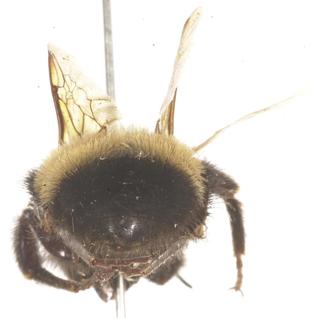
© Photographer/source
worker rear tip
UGCA195785_05
|
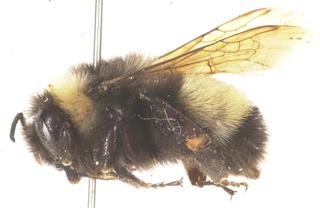
© Photographer/source
worker side
UGCA195785_06
|
|
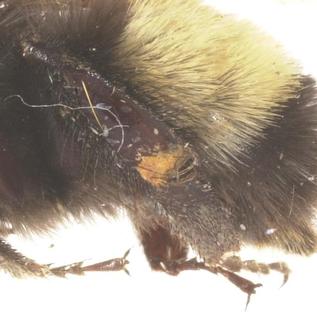
© Photographer/source
worker rear leg
UGCA195785_07
|
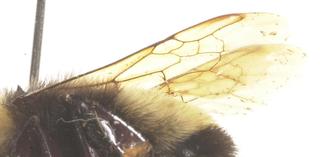
© Photographer/source
worker wings
UGCA195785_08
|
|
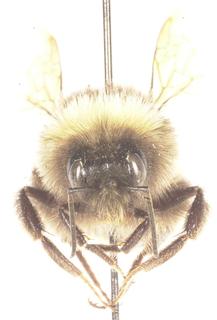
© Photographer/source
male front
UGCA195960_01
|
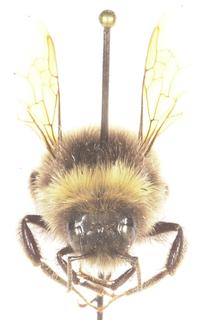
© Photographer/source
male front top
UGCA195960_02
|
|
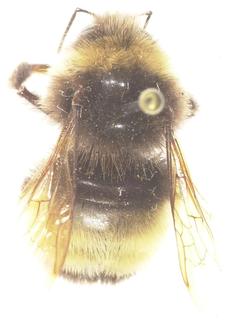
© Photographer/source
male top
UGCA195960_03
|
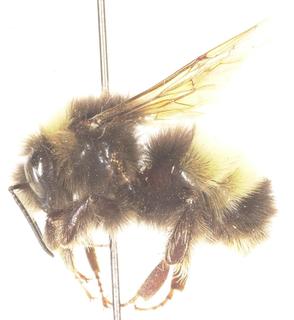
© Photographer/source
male side
UGCA195960_04
|
|
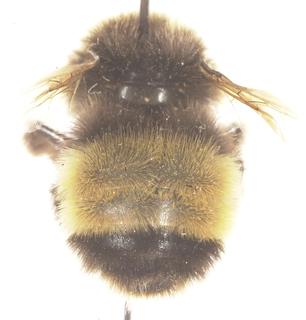
© Photographer/source
male rear
UGCA195960_05
|
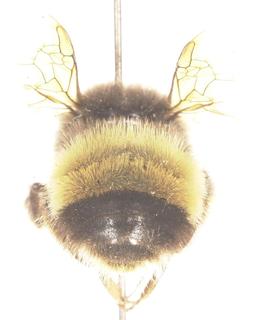
© Photographer/source
male rear tip
UGCA195960_06
|
|
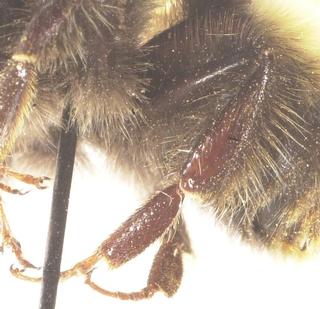
© Photographer/source
male rear leg
UGCA195960_07
|
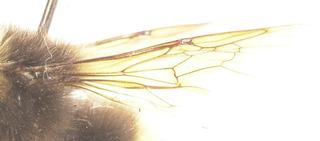
© Photographer/source
male wings
UGCA195960_08
|
|
Overview |
Reprinted with permission from: Mitchell, T.B. 1962 Bees of the Eastern United States. North Carolina Agricultural Experiment Station Technical Bulletin No. 152.
QUEEN�Length 17-19 mm., breadth of abdomen 9-10 mm.; black, apical tarsal segments somewhat more piceous, spurs reddish-piceous, tegulae black; wings uniformly and rather deeply infuscated, veins brownish to piceous; pubescence rather short, entirely black on head, yellow on pronotum, tubercles, adjacent area of pleura above, anterior margin of scutum, and abdominal terga 2 and 3, otherwise black including that on legs and on base of abdomen; scutellum yellow or black, with varying degrees of intermixture; corbicular fringe of elongate, usually black hairs; hind basitarsi with very fine, appressed, pale pruinose hairs; clypeus finely and rather densely punctate laterally and above, the broad median area shining and more minutely and rather closely punctate; labrum rather broadly subtruncate, with a basal elevated ridge which is slightly interrupted medially, apical margin of this area broadly rounded, slightly elevated above margin on each side fringed with rather elongate, yellowish hairs; apex of mandible with a rather broad
deep, rounded emargination toward the inferior angle, and a pair of distinct notches toward the upper angle, outer face toward base shining and very minutely, irregularly punctate; malar space smooth and shining, only very minutely and obscurely punctate, length slightly less than basal width of mandible, about one-fourth length of eye; punctures very fine and close on face medially, becoming somewhat more distinct but still close toward ocelli, surface laterad of ocelli rather narrowly shining and impunctate, becoming finely but rather distinctly punctate toward eye, vertex very densely and finely punctate medially, punctures becoming somewhat more distinct but still close laterally; lateral ocelli subequally distant from eyes, margin of vertex and each other; antennal scape approximately half total length of flagellum, basal segment of flagellum slighty longer than segment 3, and 3 slightly longer than 2 which is about as broad as long; posterior margin of hind basitarsus quite broadly outcurved, median breadth slightly more than one-third the length; tergum 6 smooth and shining, with exceedingly minute scattered and rather sparse punctures, apex narrowly rounded.
WORKER�Length 9-14 mm., breadth of abdomen 5-7 mm.; resembles queen in general, but pubescence relatively longer.
MALE�Length 13-17 mm., breadth of abdomen 6-8 mm.; black, apical tarsal segments somewhat more piceous, spurs brownish, tegulae piceous to black; wings lightly infuscated or subhyaline, veins brownish to piceous; pubescence copious and elongate in general, large. 1y pale yellowish on clypeus, but with intermixed black hairs laterally, and chiefly black around antennae, vertex with pale yellowish hairs medially, more or less intermixed with black, especially laterally, cheeks with blackish pubescence above becoming somewhat paler below; pubescence pale yellowish on pronotum, tubercles, anterior margin of scutum, pleura in large part, and usually scutellum, fuscous on propodeum and black over posterior two-thirds of scutum; abdominal terga 2 and $ with bright yellow pubescence, 1 and 5-6 largely black, sometimes with some pale hairs on 6 and 7 laterally and apically; basal segments of legs, including femora, with elongate, generally pale pubescence, dark on tibiae, with posterior fringes of rather elongate hairs which may be pale in part, hind tibiae fringed with elongate, intermixed, light and dark hairs; hind basitarsi nearly bare above, densely clothed beneath with very short, brownish-ochraceous hairs; clypeus very finely and closely but quite distinctly punctate beneath dense pubescence; labrum quite smooth and shining, with only very minute and vague punctures medially, broadly subtruncate apically; mandibles slender, distinctly bidentate apically, densely ochraceous pubescent on out. or lace, lower margin fringed with long, ochraceous or yellowish hairs; malar space shining, punctures very vague and minute, length about equal to basal width of mandible, about one-fifth length of eye; median area of face very finely and closely punctate, the punctures becoming somewhat more distinct and more widely separated toward ocelli, surface laterad of ocelli shining and impunctate, punctures very fine and closely crowded on vertex medially, becoming somewhat more distinct laterally; lateral ocelli subequally distant from eyes, margin of vertex and each other; basal segment of flagellum subequal to segment 3, segment 2 somewhat shorter, about as broad as long; outer surface of hind tibiae rather flat, quite broad and entirely impunctate except toward the narrow margins; hind basitarsi gradually narrowed from center to base, which is very slightly broader than apex; sterna 7 and 8 and genital armature as shown (fig. 133).
DISTRIBUTION � In the East, Nova Scotia to Florida, April to October.
FLOWER RECORDS � Rhododendron, Rosa, Rubus, Vaccinium and Vicia. Brittain and Newton (1933) also record this species on Lonicera, Phleum, Pinus(?). Pyrus malus and Sails,.
This species can be easily confused with pennsylvanicus, but in that species the malar space is somewhat longer, the scutellum in the queen and workers is always black pubescent, and the basal abdominal tergum is yellow at least in part. In males the abdominal terga 1-5 are yellow pubescent, contrasting with the limitation of yellow to terga 2 and 3 in terricola.
|
|
|
Kinds | |
Extracted from Jonathan Koch, James Strange,Paul Williams.2012. Bumble Bees of the Western United States. A product of the U.S. Forest Service and the Pollinator Partnership
with funding from the National Fish and Wildlife Foundation Yellow-banded bumble bee Status: Rare, declining since the mid 1990s
Select food plant genera: Vaccinium, Salix, Rosa, Rubus,
Lonicera, Solidago, Aster Tongue Length: Short Distribution: Eastern Montana and the Black Hills east to
New England and throughout the Appalachian Mountains Can be confused with B. pensylvanicus and B. occidentalis Thorax with yellow band(s), T1 black, T2-3 yellow, T4
black, T5-6 black or yellow, face round. Mid leg basitarsus with the distal posterior corner
rounded. Cheek length slightly shorter than broad,
clypeus strongly swollen in the dorsal half, hind
basitarsus with the posterior margin strongly and
evenly arched. Hair of the head black or with a
minority of short pale hairs intermixed. Hair length
short and even.
|
|
|
Identification |
Extracted from A MONOGRAPH OF THE WESTERN HEMISPHERE BUMBLEBEES (HYMENOPTERA: APIDAE; BOMBINAE) by Millrion, H. (1971).
Females
Thoracic dorsum anterior to tegulae, scutellum (usually at least part), abdominal T2, T3 light to golden yellow; abdominal T4 (distally or more), sides of T6 tawny
yellow; remainder of thorax, abdomen black (variable)
Thoracic dorsum usually yellow anterior to tegulae, posteriorly with variable black
band between wing bases (then some yellow on scutellum) or all either black or
predominantly yellow; distal abdominal terga much as in /. lucorum; abdominal
Tl usually black, T2, T3 usually all black though often with varying amounts of
yellow (variable)
Males
Abdominal T2, T3 yellow; usually T6 (sides) -7 with tawny yellow, though some�
times black; no parts of T4-6 with distinct white pubescence; genitalia (PL X)
Abdominal T2-3, either or both entirely black, or either or both with varying
amounts of yellow; T4 (distally or more) � 7 white, much as in /. lucorum;
genitalia essentially same as that of the above (PI. X), averaging somewhat smaller
Bombus terricola terricola
DESCRIPTION. Queen. Length, 17.5 mm; width at wing bases, 9.5 mm; abdomen, 10.5 mm, width across T2, 9.0 mm; front wing length, 16.0 mm, width, 5.5 mm. Head: Frontal outline broadly triangulate (excluding mouthparts), slightly wider than high; vertical region nearly flat, with rather deep coarse well-separated punctures except smooth and polished for considerable distance laterad and posteriad of lateral ocelli (ocellar half of ocellocular area), this smoothness extended antero-laterad into ocular half of ocellocular area; ocelli situated almost transversely, about as far apart as their diameters, interocellar and ocellocular lines equal; outline of compound eye only little narrower and slightly convergent above than below, little less than 3 times higher than broad; clypeus wider than high, its whole surface covered with small to large punctures, the median ventral area weakly convex; labrum nearly 3 times wider than thick, the ventral margin broadly arcuate, its surface strongly punctate including that on moderately strong tubercles transversely directed medially antero-ventrad, the inter-tubercular depression narrow, shallow and irregularly punctate, the moderately strong labral shelf irregularly arcuate medially; malar space shorter than distance between (and including) mandibular articulations, irregularly convex with few small punctations; flagellum less than li times as long as scape, Fl little less than twice as long as distal width, distinctly longer than F2 but only perceptibly longer than F3, about f as long as F2 and F3 combined. Legs: Mesobasitarsite elongate rectangular, its obscurely rounded posterior angle recessed; outer hind tibial surface irregularly flat, glossy except for weak alutaceous sculpture; metabasitarsite twice as long as widest dimension, the posterior margin arcuate from base to distal end (widest medially), outer surface nearly flat, the disto-posterior angle arcuate and slightly extended beyond antero-posterior angle. Pubescence: Medium in length, even, compact (or dense), some longer and stronger on face, vertex and on distal abdominal terga; metabasitarsal fringe slightly longer on basal one-third beyond stronger and declining in length to distal end. Color: Head black except intermixture of fine dull yellow on face and vertex. Thorax black except golden (buff) yellow on pronotum and transversely on mesonotum from tegula to tegula, dorsally on mesopleurum ventro-anteriad of wing bases, the scutellum with admixture of dull yellow along its posterior half. Legs black (c/. under "Comments"). Abdomen black except T2-3 entirely covered with ochraceous (cadmium) yellow pile, the posterior margin of T5 and ventrolateral margin of T6 with paler yellow hairs. Wings uniformly stained with brown.
Worker. Length, 15.0 mm; width at wing bases, 7.0 mm; abdomen, 8.0 mm, width across T2, 8.0 mm; front wing length, 12.5 mm, width, 4.0 mm. Morphological characteristics otherwise similar to those of the queen, except Fl about H times as long as distal width, much shorter than rectangular F2 and subsequal to F2 and F3 combined. Legs: Similar to those of queen. Pubescence: Structurally similar to that of queen. Color: Head entirely black. Thorax as in queen except absence of noticeable pale pile on posterior scutellar margin. Abdomen as in the queen except pale (yellowish) pile on T5-6 is muched reduced.
Male. Length, 14.0 mm; abdomen, 7.0 mm, width across T2, 6.5 mm; width at wing bases, 6.5 mm; front wing length, 14.0 mm, width, 4.5 mm. Head: Frontal outline (excluding mouthparts) rounded trapezoidal, slightly wider than high; compound eye 21 times higher than wide, more broadly rounded below than above, its inner margin weakly concave outwardly, though more strongly so dorsally; vertex nearly flat, mostly with irregular small to medium punctures except inner half of ocellocular area smooth and polished extending some�what antero-laterally, the ocular half of ocellocular area with few irregularly arranged medium to small punctures; ocelli situated immediately below supraorbital line in nearly transverse position, each slightly closer together than their diameter, interocellar line little longer than ocellocular line; malar space perceptibly shorter than distance between (and including) mandi�bular articulations, its surface irregularly weakly convex, with few microscopic hairs anteriorly and especially posteriorly; labrum rectangular, about 2i times wider than thick, its anterior margin arcuate at lateral corners, straight medially; flagellum little less than twice as long as scape, Fl nearly equal in length to F3, distinctly longer than F2 which is slightly longer than wide. Legs: Mesobasitarsite subrectangular, about 3 times longer than wide; hind tibial outer surface evenly convex mid-longitudinally, smooth, polished and devoid of hairs except on its basal third; metabasitarsite 3 times longer than wide, subrectangular, its outer surface nearly flat with recumbent microscopic pile, the posterior fringe longest (near widest dimension of segment), progressively lessening to very short rigid hairs distally. Pubescence: Somewhat longer and noticeably looser than that of queen and worker. Genitalia, seventh and eighth abdominal sterna (PL X). Color: Similar to that of female but generally light areas slightly paler, especially on head (which is usually predominantly yellow below antennal bases) and thorax; middle femur posteriorly and hind femoral fringe with noticeable dull burnt sienneous hairs; abdominal Tl-3 similar to that of female; T5-6 distally (and disto-laterally), T7 (mostly) with pale sienneous yellowish hairs intermixed with some black (variable, see Comments).
Redescribed from hypotypes. Queen, St. Paul, Minn., May 2, 1939, R.W. Dawson; worker, Beaver Bay, Minn., Aug. 7, 1938, R.W. Dawson; male, Beaver Bay, Minn., Aug. 7, 1938, R.W. Dawson [all HEM].
TYPE. Not examined. The $ type of Kirby cannot be located and is presumed lost; Kirby's colored figure of the $ in Fauna Borealis-Americana (pi. 6, fig. 4) will serve in lieu of the type specimen.
TYPE LOCALITY. Canada (Northwest Territories?). Number of specimens at hand: 703. In flight: late April to early October, the males on the wing in early July. Distribution: (vertical), sea level to 6800 ft; (horizontal), transcontinental in Canada, and from Maine southward to Tennessee (and likely western Georgia), thence northwestward to Montana. Floral visitations: Achillea, Angelica, Apocy-num, Aster, Caragana, Cichorium, Cirsium, Donicera, Echium, Epilobium, Eupa-torium, Medicago, Melilotus, Rhododendron, Rosa, Rubus, Salix, Solidago, Spiraea, Vaccinium, Verbena, Veronica, and Vicia. Lutz and Cockerell (1920) added the following compiled records: Aesculus, Aralia, Cornus, Gaultheria, Gaylusaccia, lmpatiens, Rhodora, and Viburnum. Leonard et aL (1928) added: Ledum, Oxy-coccus, and Potentilla, and Mitchell (1962) further compiled: Lonicera, Phleum, (Pyrus), Malus, and Pinus with a query (c/. statement under ternarius with respect to coniferous records).
COMMENTS. Little morphological variation of significance, other than size, has been noted in this subspecies. The smallest workers seen are between 8 and 9 mm long, the others ranging in size up to that given for the queen. Chromatically, however, there is considerable variability shown in all three castes. The yellow is often pale (maize yellow) and not the more typical golden yellow. The head of the queen and worker might as often be entirely black as with a suffusion of yellow on the face and vertex. The scutellum is usually black or predominantly so, but often is variously covered with yellow, and the usual black between the wings might be intermixed with yellow, sometimes almost all yellow. Thoracic pleura of the female sometimes predominantly yellow above, the usual pale lobe anterior to wing base being extended ventrad to cover nearly all the upper half of the mesopleurum; and, often in the male the thoracic pleura are almost entirely yellow. Corbicular fringes range from entirely black to predominantly burnt sienna. Rarely is the female abdominal Tl all yellow, but it is common to find specimens with varying amounts of tawny yellow intermixed, especially laterally, with the usual dominant black on this tergum. The presence of variable amounts of yellow on the male abdominal Tl is common. It is not unusual to note considerable black intermixed with the yellow (especially medially) along abdominal T2 anterior margin of otherwise typical females of this subspecies, this showing a trend toward and mergence with what was described by Franklin (1912: 271) as subspecies nigroscutatus under occidentalis Grne. (c/.). Sometimes the female abdominal terga beyond T2 are entirely black; all gradations existing from that described for T4-6 to the condition where there is a considerable intermixture of yellow on T4, and T5-6 are entirely brownish to very pallid yellow. The chromatic variability of the male abdominal terga is even more pronounced than that of the female; often T5 is almost entirely yellow, and the pile on the distal terga (especially T6-7) is pale burnt sienna, similar to that indicated for some hairs on the legs.
Compared with many other bumblebee taxa, t. terricola is among the more constant in color pattern. Yet, the quantity of material examined from all parts of the distribution clearly reveals a marked chromatic variation, particularly amongst the specimens collected in the southeastern and northwestern areas of its range. In the north central and western regions many specimens of all castes assume a color�ation that completely merges with that of t. occidentalis (cf.) by way of what Franklin described as nigroscutatus. While typical far western t. occidentalis aver�ages somewhat larger and would chromatically appear to be specifically distinct from terricola as described by Kirby, there are to me no evident constant or reliable morphological features by which specimens of these two overlapping (allopatric) populations can be positively differentiated in these areas of overlap. In such allo�patric locations, obviously the two subspecies (terricola and occidentalis) interbreed and produce numerous perplexing subspecific hybrids.
Bombus terricola occidentalis
DESCRIPTION. The following descriptions are based on typical specimens representing the bulk of the far western populations of this subspecies.
Queen. Structurally not perceptibly distinguishable by any significant feature from that of /. terricola. Color: Head black except intermixture of drab brownish yellow on face, especially below antennal bases where such longer hairs tinged with burnt sienna, and on vertex. Thorax above from tegula to tegula and a little lobed ventrally anteriad of each, golden yellow; remainder of thorax black except intermixture of noticeable brownish yellow especially on posterior half of scutellum and less so on lateral portions of interalar area. Legs and wings as in t. terricola. Abdominal Tl, basal third of T4 black with few scattered hairs on T2-3 tipped with brownish yellow, remainder of T4 and 5-6 whitish except some shorter finer pile laterally on T6 with pale golden tinge evident under strong illumination.
Worker. Structurally like that of /. terricola. Chromatically like queen except inter�mixture of yellow on face and vertex less, only very slight intermixture of yellow on thoracic dorsum posteriad of tegulae; wings somewhat paler.
Male. Structurally like that of t. terricola. Color: Head black and golden yellow, latter color predominating on face between and below antennal bases and on vertex, black pile above antennal bases with considerable intermixture of tawny yellow. Thorax above mostly ochraceous (yellow) except for poorly defined interalar black band, thoracic pleura black except for ochraceous (yellow) ventral extension anteriad of wing bases and most of remaining pleural pile tinged with burnt sienna. Legs black, most pile on coxae, trochanters, and ventrally on femora with considerable tawny yellow, that posteriorly on middle tibia and hind tibial fringes largely pale burnt sienna. Wings lightly, evenly stained with brown as in worker. Abdominal Tl-3 and narrow basally on 4 black, the remainder of 4-7 whitish. Sterna 6-7 and genitalia as in /. terricola (PI. X).
Redescribed from hypotypes. Queen, Robson, B.C., 20-IV-39, H.R. Foxlee; worker, Friday Harbor, Wash., July 2, 1939, R.W. Dawson; male, same data as worker [all HEM].
TYPE. Not examined. A $ (in fluid) which has either lost its identity or is not any longer extant. Evidently, in 1863 Cresson borrowed the Greene material from the Smithsonian Institution (Washington) and, if any of Greene's specimens still exist, my intensive search has not divulged their whereabouts.
TYPE LOCALITY. Washington (State), U.S.A., and (Vancouver Island, British Columbia, Canada). Number of specimens at hand: 1444. In flight: from late February or early March to ca. mid-November, the males first appearing in early June. Distribution: (vertical), from sea level to 12,500 ft; (horizontal), Alaska (including major Aleutian Islands), and in Canada south and southeastward to British Columbia, Alberta, and Saskatchewan, and in the United States eastward to the Dakotas and southward to Arizona and New Mexico. Floral visitations: Aster, Chamaenerion, Cleome, Epilobium, Gypsophila, Lotus, Medicago, Melilotus, Peta-sites, Potentilla, Rubus, Rudbeckia, Sonchus, Taraxacum, Trifolium and Zinnia. From Lutz and Cockerell (1920) we can add Monarda and Solidago.
COMMENTS: After having examined thousands of specimens of all castes of t. terricola and t. occidentalis I unhesitatingly agree with Handlirsch (1888a: 234), who first recognized that these forms were conspecific. Franklin (1912: 239, 272), who kept them apart was, however, aware that such a combination might be so.
As stated in the remarks appended to the description of t. terricola, I have not discovered reliable morphological characters that will justify a specific recognition of occidentalis Grne. Superficially, some far western populations appear to average slightly larger than those of t. terricola, but even this might be statistically questionable.
This subspecies shows a broad range of chromatic variability which is, in my opinion, associated with effects by a tolerance for and establishment in many dif�ferent physical and biological habitats. The subspecies has numerous synonyms, as indicated.
Often the queen head is predominantly black, as is usual in the worker. From the typical described above, the most pronounced variation in the female is the amount of yellow on the thoracic dorsum, on abdominal Tl-3, and the complete mergence of whitish pile on T4-6 to the pale or tawny yellow that occurs on typical t. terricola; often a narrow to wide well-defined inter alar black band occurs, and sometimes the thoracic dorsum is almost if not entirely yellow; abdominal T3 fre�quently entirely, T2 in part (especially laterally) to almost entirely covered with yellow, and on paler specimens some yellowish pile is evident on Tl, and often irregularly on T4 replacing black or whitish pile. These female color variations from the typical t. occidentalis to t. terricola range mostly through the described syno�nyms proximus Cr. (1863a: 98), perixanthus C. & P. (1899a: 386), and nigroscu-tatus Fkln. (1912: 271). The male varies in color from that described above to specimens covered predominantly with golden yellow on head, thorax and abdominal Tl-4, with only traces of black on head, between wing bases, on metapleurum and abdominal Tl; legs of such pale specimens are also mostly yellow, the tibial fringes tinged with pale burnt sienna; and, base of abdominal T4 narrowly blackish, remainder and T5-7 pallid yellow to whitish.
By gross microscopic examination it is not always possible to positively sep�arate many specimens of t. occidentalis (especially workers and males) with credible accuracy from those of L terricola taken in certain northwestern allopatric locations.
Extracted from: Laverty T.M., & Harder L.D., (1988). The Bumble Bees of Eastern Canada. Can. Ent. 120: 965-987.
Description. Body size of all castes medium. Head broadly rounded, malar space slightly wider than long. Tongue short. Colour pattern usually as in Figure 2a and c. In all castes, some individuals with scutellum yellow and well-defined interalar band (Fig. 2b).
|
|
|
Names | |
|
|
| Supported by | |
Updated: 2024-04-16 18:01:10 gmt
|